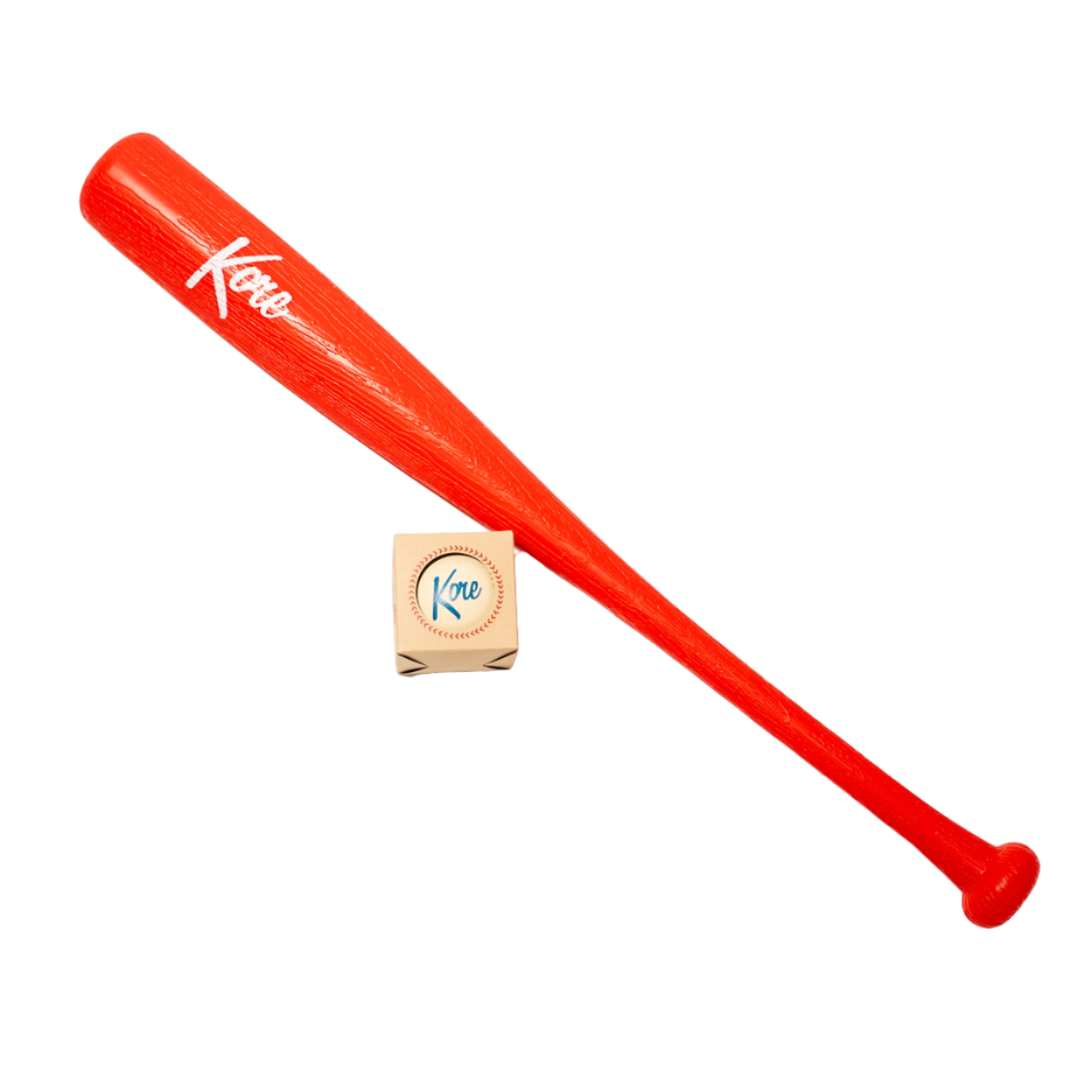Factors Influencing the Duration of Baseball Games
Understanding the factors that influence the duration of baseball games is crucial for fans and enthusiasts. The structure of the game itself plays a significant role. With its nine-inning format, including the possibility of extra innings, baseball games have a set duration framework. Each team has the opportunity to bat and field for nine innings, and if the scores are tied at the end, the game can proceed into extra innings, extending the duration.
Gameplay dynamics contribute to the length of baseball games. Pitcher-batter duels, where pitchers aim to strike out batters while they attempt to make contact, can involve multiple pitches and lengthy at-bats. Additionally, defensive strategies such as pitching changes and intentional walks can further elongate the game. The offensive aggression and scoring dynamics also affect game duration, especially when teams engage in a back-and-forth battle, resulting in more innings played and extended game times.
Historical Trends in Baseball Game Lengths
Baseball game lengths have varied over the years, influenced by a range of factors. Examining historical trends provides valuable insights into how the duration has changed. Analyzing available data reveals that game lengths have experienced fluctuations due to a variety of reasons.
The implementation of rule changes and pace of play initiatives has been a primary factor affecting game length. These changes aim to speed up the game and maintain its excitement while reducing unnecessary delays. Moreover, evolving gameplay strategies and tactics have also contributed to changes in game duration. As teams adapt and employ different approaches, the time taken for executing plays, such as pitching changes or defensive shifts, can influence overall game duration.
Furthermore, it is essential to distinguish between regular season and postseason games. Postseason games often exhibit heightened intensity and higher stakes, which can lead to longer game durations as players and teams vie for crucial victories. By examining historical trends and analyzing the factors at play, we can gain a deeper understanding of the changes and patterns in baseball game lengths over time.
The Influence of External Factors on Game Length
Various external factors can also impact the duration of baseball games. One such factor is weather conditions. Inclement weather, like rain or snow, can lead to game delays or even postponements. In these situations, games may need to be rescheduled or continued at a later date, potentially extending the overall time for completion.
Another external factor to consider is the stadium itself. Different ballparks have varying dimensions and features that can influence the pace of the game. For example, larger stadiums with deeper outfield fences can result in more challenging home runs, leading to longer defensive plays and potentially impacting game duration. Furthermore, the size of the crowd can also play a role. A stadium packed with passionate fans often creates an energized atmosphere but may also lead to extended game times due to frequent interruptions, such as cheering or chants.
Controversies and Debates Surrounding Game Length
The duration of baseball games has sparked debates and controversies among fans and analysts. Opinions regarding the ideal game length vary widely. Some fans appreciate the slower pace, savoring the strategic elements and the opportunity to immerse themselves in the game's nuances. On the other hand, others argue for shorter games to cater to modern attention spans and maintain viewer interest.
A related discussion revolves around the impact of commercial breaks and TV broadcasting on the length of baseball games. Television broadcasts often include commercials between innings, adding extra time to the overall duration. This aspect has prompted calls for streamlined advertising strategies to reduce game interruptions and enhance the viewing experience.
In recent years, Major League Baseball (MLB) has implemented various initiatives to address concerns and potentially shorten game durations. These include measures such as stricter time limits for mound visits, a pitch clock, and other rule adjustments aimed at maintaining a balance between tradition and modern preferences.
Strategies to Maximize Enjoyment during Baseball Games
Regardless of the duration, there are numerous ways for fans to maximize their enjoyment of baseball games. If attending games in person, pre-game activities like tailgating can create a lively atmosphere and build excitement before the first pitch. Additionally, familiarizing oneself with the stadium layout and amenities can help navigate efficiently, ensuring a smooth experience.
For those watching from home, embracing the comforts of their living rooms with friends and family can enhance the overall experience. Engaging with game broadcasts through interactive platforms, social media, or game-related discussions can also add another layer of enjoyment and connection to the baseball community.
Understanding the duration of baseball games and the factors that influence it is essential for fans and enthusiasts. Game structure, gameplay dynamics, historical trends, external factors, and ongoing debates all contribute to the discussion surrounding game length in baseball. By exploring these aspects, individuals can gain a comprehensive perspective on this significant aspect of America's favorite pastime.
Whether appreciating the strategic elements at a slower pace or advocating for game time reductions, each fan can find their own way to maximize their enjoyment of baseball games. Ultimately, the duration of the game should be seen as an integral part of the unique baseball experience.
Benefits of Knowing Game Length for Fans
Understanding the average duration of baseball games can be highly beneficial for fans. It helps in planning and managing time effectively, especially when attending games in person. Knowing the average duration allows fans to plan their day accordingly, ensuring they can fully experience the excitement of the game without conflicts or time constraints.
For those watching from home, knowing the game length allows fans to organize their schedules, ensuring they don't miss any action. It enables them to allocate the right amount of time to fully engage with the game, whether it's by gathering friends and family for a watch party or simply settling in for an uninterrupted viewing experience.
Furthermore, understanding game length can also impact the overall enjoyment of fans. By knowing what to expect in terms of time commitment, fans can mentally prepare themselves, resulting in a more relaxed and immersive experience.
The Future of Game Length in Baseball
The issue of game length in baseball continues to be a subject of discussion and potential evolution. Major League Baseball, in collaboration with various stakeholders, constantly explores ways to refine the pace and duration of the game without compromising its integrity.
MLB has implemented numerous rule changes and initiatives in recent years to address concerns about game length. These include efforts to reduce downtime, such as stricter regulations on pitcher-catcher communication and limited time between innings. Additionally, the exploration of technology, such as automated strike zones, holds the potential for smoother gameplay and further streamlining of the game.
As the sport evolves and fan preferences evolve with it, finding the right balance between tradition and modern expectations becomes crucial. The objective is to maintain the essence of baseball while adapting to the changing landscape of entertainment and technological advancements.
It remains to be seen how baseball game lengths will continue to evolve in the future. However, with ongoing efforts towards enhancing the pace of play and addressing concerns from fans, it is optimistic that the duration of baseball games will strike the right balance, catering to the enjoyment and engagement of both traditionalists and modern audiences alike.
Understanding the duration of baseball games and its impact on fans is essential for both the enjoyment of the sport and effective planning. Time management, allocation, and flexibility become key factors when it comes to attending games or watching from home. Additionally, being aware of the ongoing efforts to refine game length ensures fans are attuned to the potential changes that may shape the future of baseball.
By acknowledging the benefits of knowing game length for fans, the baseball community can continue to provide an immersive experience that caters to different preferences and expectations. Finding the delicate balance between the intricacies of the game and the evolving demands of modern viewership will contribute to a harmonious and exciting future for America's favorite pastime.
Strategies for Engaging Fans during Baseball Games
Baseball games offer numerous opportunities for fans to engage and enhance their overall experience. Beyond watching the game itself, various strategies can elevate the enjoyment and create lasting memories.
One strategy is to embrace the social aspect of baseball games. Attending games with friends or family provides a chance to bond, create shared experiences, and develop a sense of camaraderie. This can involve pre-game tailgating, where fans gather before the game to enjoy food, drinks, and activities. It sets a festive atmosphere and builds excitement leading up to the first pitch.
Another strategy is to immerse oneself in the ballpark atmosphere. Exploring the stadium before the game, visiting team stores, and indulging in traditional ballpark foods contribute to the overall ambience and create a true baseball experience. Fans can also engage in interactive activities within the stadium, such as participating in in-game promotions, capturing memorable moments, or simply interacting with fellow fans to ignite the spirit of community.
For fans watching from home, creating a comfortable and enjoyable viewing environment is essential. This can involve gathering with friends or family, creating a dedicated space for watching games, and indulging in favorite snacks or beverages. Engaging in social media conversations, participating in virtual watch parties, and sharing thoughts and reactions online can also contribute to the sense of community and connection.
Utilizing Technology to Enhance the Baseball Experience
Technology has significantly influenced the way fans engage with baseball games. Various digital platforms and applications provide unique opportunities to enhance the overall experience and create a more interactive and dynamic connection.
One way technology can be utilized is through mobile applications offered by teams or official league apps. These apps provide access to live scoring updates, player statistics, and highlights, allowing fans to stay connected and informed even if they can't attend the game in person. Additionally, they often offer interactive features such as trivia games or prediction contests, adding an extra layer of engagement.
Virtual reality and augmented reality technologies are also emerging as tools to enhance the baseball experience. Some teams and broadcasting networks provide virtual reality or 360-degree video experiences, allowing fans to virtually attend the game and view it from different perspectives. Augmented reality features, such as real-time statistics or player profiles overlayed on the screen during broadcasts, provide additional insights and analysis.
Furthermore, social media platforms offer opportunities for fans to engage with players, teams, and fellow enthusiasts. Following teams, players, and official accounts on platforms like Twitter, Instagram, or Facebook provides up-to-date news, highlights, and behind-the-scenes content. Fans can participate in conversations, share their thoughts, and connect with others who share their passion for the game.
Conclusion
Maximizing the enjoyment of baseball games involves strategic engagement and the utilization of technology. Whether attending games in person or watching from home, fans have numerous opportunities to enhance their overall experience and create lasting memories.
By embracing the social aspect of baseball games through pre-game tailgating or immersing oneself in the vibrant ballpark atmosphere, fans can create a sense of camaraderie and excitement. Leveraging technology, such as mobile applications, virtual reality experiences, and augmented reality features, allows fans to stay connected, access real-time information, and enjoy interactive elements that enhance their understanding and appreciation of the game.
As the landscape of technology and fan expectations continue to evolve, it is essential for the baseball community to embrace these opportunities and find new ways to engage fans, both in and out of the ballpark. By staying attuned to emerging trends and leveraging the power of technology, the baseball experience can be elevated, ensuring fans feel connected, informed, and immersed in the sport they love.





